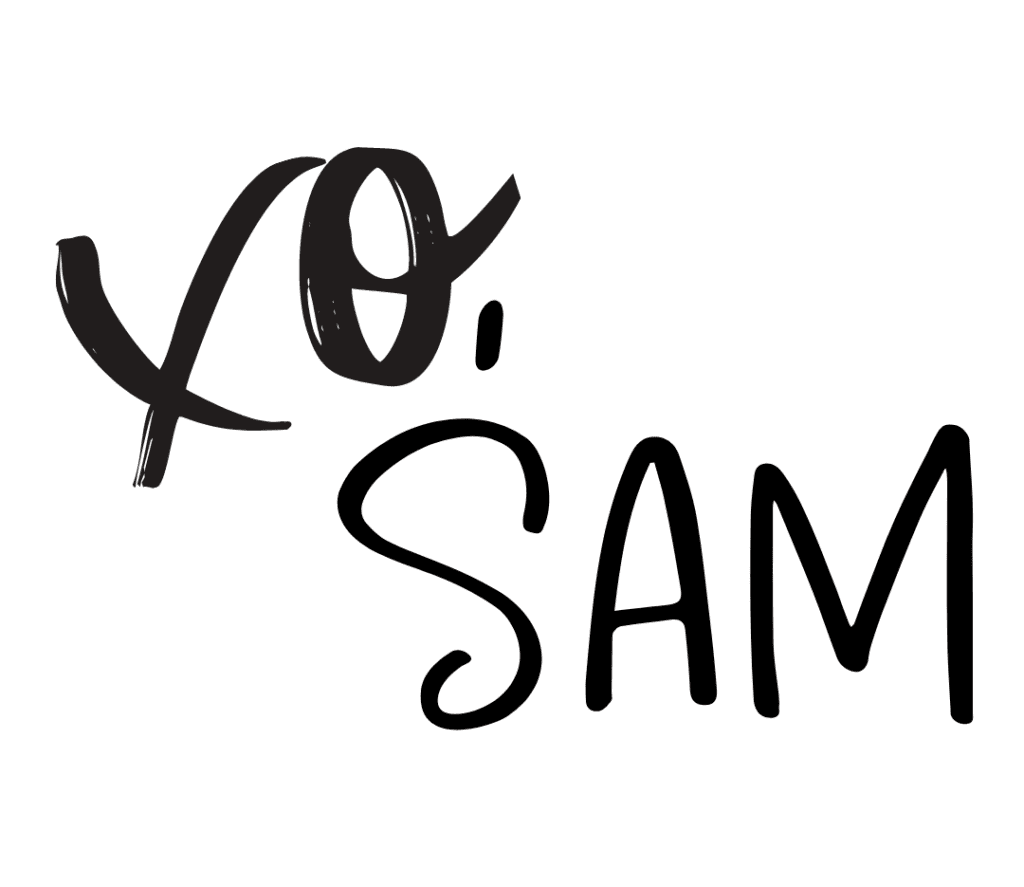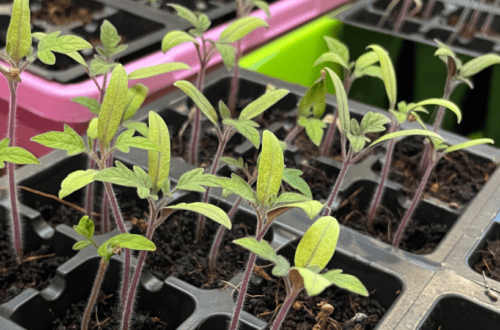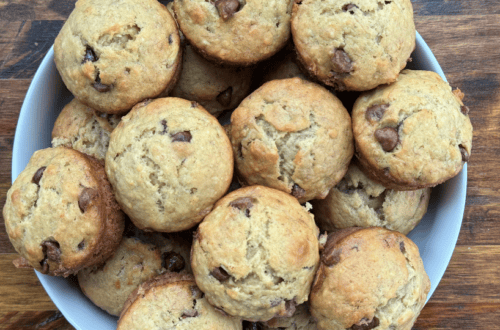How to Grow Rhubarb: A Perennial Favorite for the Homestead Garden
If you’ve ever dreamed of harvesting your own fresh rhubarb stalks, you’re in luck; it’s one of the easiest and most rewarding perennials you can grow.
This guide will walk you through everything from planting and caring for rhubarb to harvesting and dividing it for years of bounty. Along the way, we’ll cover common problems, seasonal care tips, and culinary uses, with links to my favorite rhubarb recipes.
If you want more tips on growing plants, check out our Gardening Page.

This post contains affiliate links. This will not cost you anything, but will help us offset the cost of running the blog. We only share products we use and would recommend to a friend. Thank you for your support! Click ‘HERE’ for more info.
Why Grow Rhubarb? Benefits of Rhubarb in a Homestead Garden
Rhubarb is a low-maintenance perennial that keeps producing for years with minimal care, perfect for busy homesteaders. It thrives in cooler climates and requires little more than a sunny spot and occasional attention. Not only is it an easy perennial to keep around, but it will produce a lot of rhubarb stalks each year!
Culinary Uses: What to Make With Your Rhubarb
Beyond its reliability, rhubarb shines in the kitchen. Its tangy flavor pairs beautifully with berries, especially strawberries, in jams, pies, crisps, and sauces. Try some of our rhubarb recipes for a taste of spring in every bite:
- Rhubarb Coffee Cake
- Classic Rhubarb Pie
- Canned Strawberry Rhubarb Pie Filling
- Low Sugar Rhubarb Jelly
- Strawberry Rhubarb Crumble
- Strawberry Rhubarb Cheesecake Bars
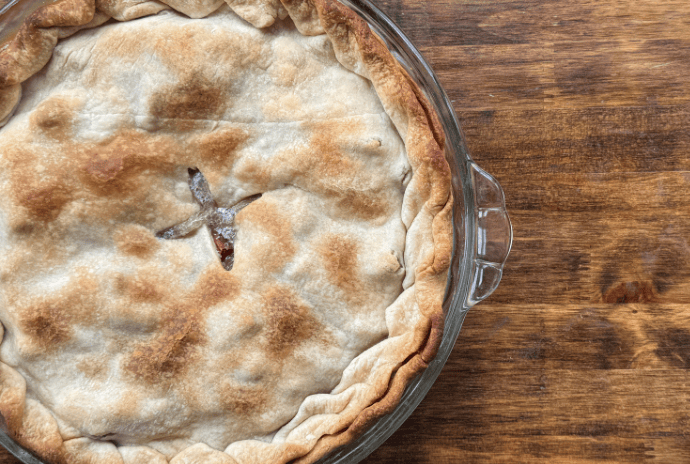
Types of Rhubarb and Where to Buy
Not all rhubarb is created equal; different varieties vary in flavor, color, hardiness, and harvest time. Here are some popular types you might consider for your garden:
1. Victoria
- Pros: Classic variety with long, thick, bright red stalks; reliable and vigorous grower; good for pies and preserves.
- Cons: Slightly tart compared to other red varieties; may take a year to establish fully before first harvest.
2. Canada Red
- Pros: Deep red stalks that stay red even when cooked; early harvest; cold-hardy.
- Cons: Slightly less vigorous than Victoria; smaller yield.
3. Crimson Red
- Pros: Beautiful dark red stalks; sweet flavor for fresh eating; attractive in the garden.
- Cons: Smaller stalks; may not be as productive in cooler climates.
4. Valentine
- Pros: Uniform red stalks; early and reliable harvest; tender flavor.
- Cons: Can be slightly less hardy in very cold zones; may require more care in sandy soils.
5. Strawberry Rhubarb
- Pros: Sweet-tart flavor; very bright red stalks; great for jams and desserts.
- Cons: Less cold-hardy than other varieties; moderate yield.
When choosing rhubarb, consider your climate, desired harvest time, and preferred flavor. Planting a mix of varieties can also extend your harvest and give you both tender, sweet stalks and classic tart stalks for cooking.

Helpful Tools for Growing Healthy Rhubarb
You don’t need a lot of tools to take care of your rhubarb plant. These basic tools will help you with your entire garden and are handy to have around.
- Soil Test Kit – Know exactly what nutrients your soil needs before fertilizing.
- All-Purpose Fertilizer (10-10-10) – A great all-around fertilizer to ensure your soil is healthy.
- Gardening Shears – For cutting off the flower stalk of the rhubarb plant.
- Heavy-Duty Garden Gloves – Great for weeding, pruning, and digging while saving your hands.
Rhubarb Basics: Perennial Growth & Life Cycle
Rhubarb grows best in USDA zones 3–8, where it can experience the cold dormancy it needs each winter. Once established, a rhubarb crown can remain productive for 8–15 years or longer. Plants emerge in early spring, sending up thick, colorful stalks that are ready to harvest by late spring. During summer’s heat, growth slows, and the plant rests until the following spring.
How to Plant Rhubarb
Choose a planting site with full sun and well-drained soil. Rhubarb dislikes being too wet. While you can start from seed, most gardeners prefer crowns for faster production. You can start harvesting rhubarb from crowns in 1-2 years, and from seeds, it will take 3 years or more.
Space plants 3–4 feet apart to give them room to spread, and plant crowns so the buds sit 1–2 inches below the soil surface. Rhubarb can be planted in early spring as soon as the soil is workable, or in fall before the ground freezes.
Rhubarb Care Through the Seasons
Rhubarb is a low-maintenance plant, but it could use a little attention throughout the season so you can get the most out of your plants! Healthier plants = more rhubarb stalks = more pie, crumble, cake, etc. Trust me, when you start enjoying those rhubarb treats, you’re going to be glad you took care of your plants.
Spring
In early spring, you can test your soil to see what nutrients need to be replenished. Fertilize with compost or a balanced fertilizer (10-10-10) to boost soil health. Avoid using fresh manure because it will burn your plants.
Summer
In early summer, you could fertilize again if needed. Make sure the fertilizer doesn’t come into contact with the stalks because they will burn them.
Water regularly, especially during dry spells, aiming for about 1 inch per week. Do not overwater or allow the rhubarb to get waterlogged. Add mulch to conserve moisture and suppress weeds.
Fall
Once the plant dies back in the fall, cut away spent stalks and apply a mulch layer of compost or well-aged manure to help protect the plant during the winter and to enrich the soil.
Fall is the ideal time to separate larger rhubarb plants and transplant them.
Winter
Rhubarb plants are dormant and need to rest!
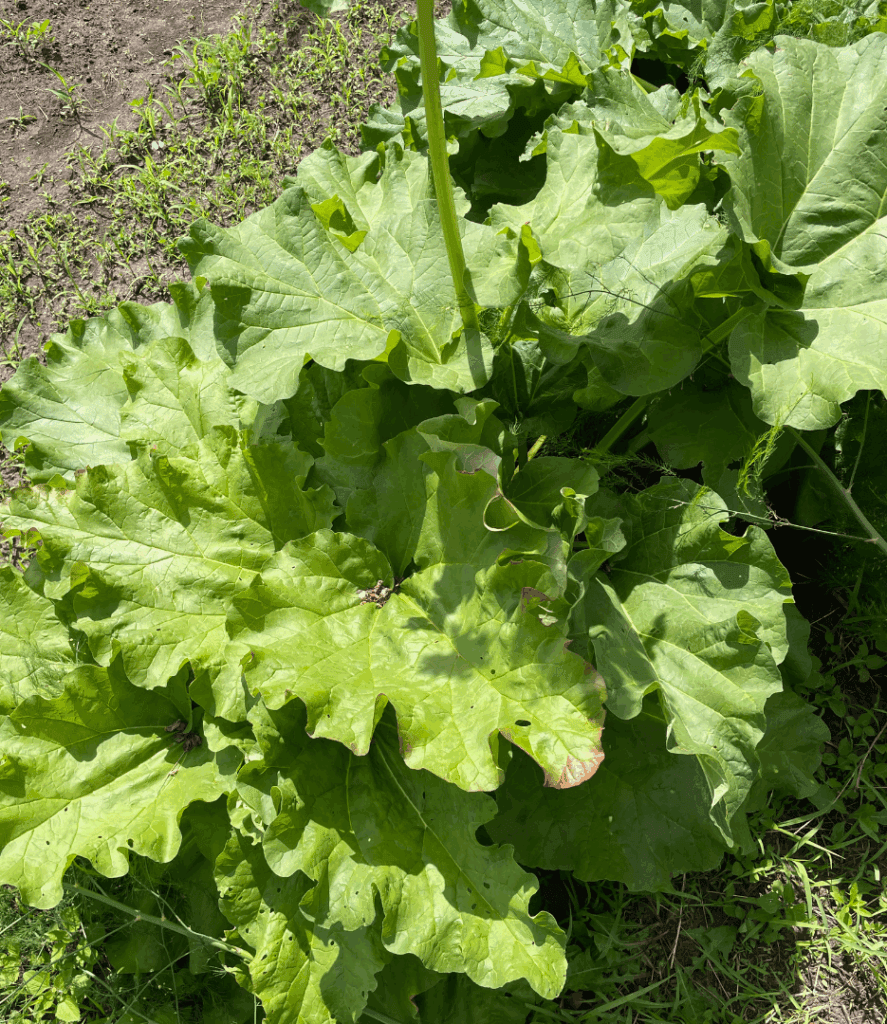
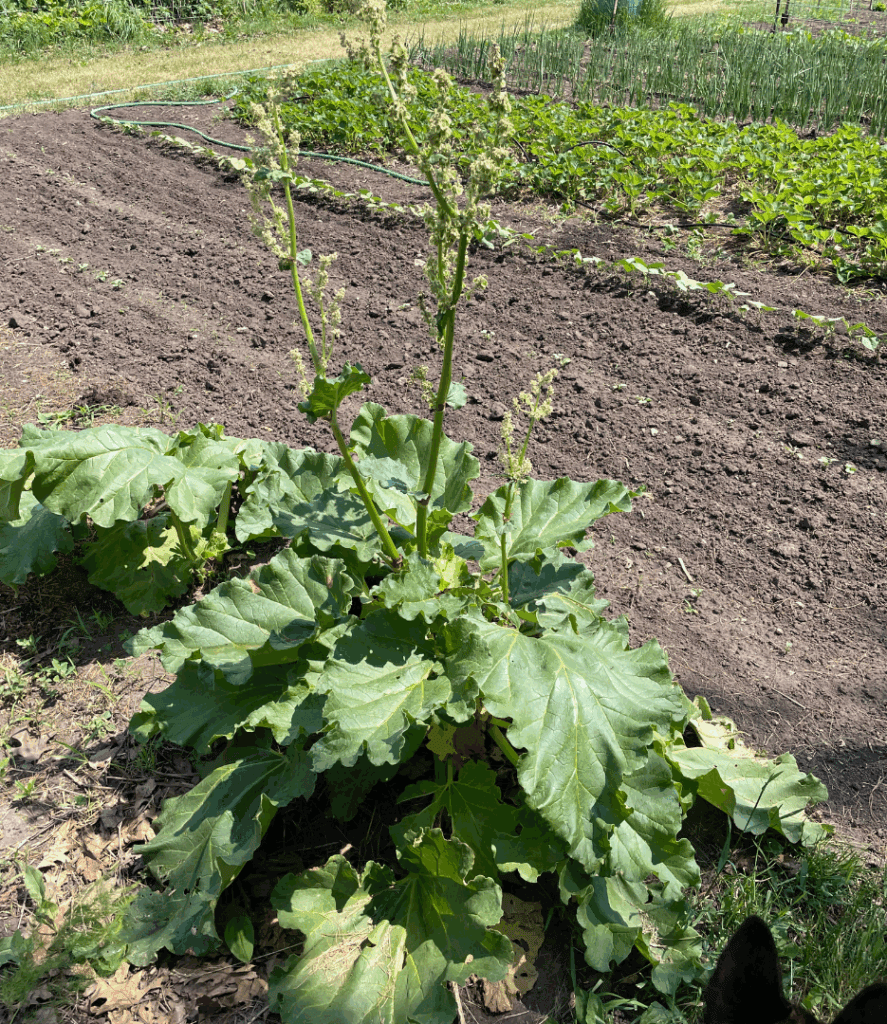
The plant above is bolting, and the flowering stalk should be cut so the plant will continue to produce edible stalks.
When and How to Harvest Rhubarb
I know it’s tough, but avoid pulling rhubarb the first year of planting or transplanting to allow it to establish strong roots. In the second year, pick lightly, then harvest freely from the third year onward. Cut the flowers and seed pods as soon as they come up so the plant will continue to focus on producing stalks.
To harvest, grasp the stalk near its base and pull firmly. Pulling the stalks signals to the plant to keep producing rhubarb. Cutting the stalks can also invite disease. Only eat the stalks; rhubarb leaves contain oxalic acid and are toxic.
Dividing and Transplanting Rhubarb
Every 5–8 years, divide mature crowns in early spring or fall to rejuvenate the plant and increase yields. Use a sharp spade to split the crown into sections, ensuring each has at least one healthy bud. Dividing your plant will increase your yield, keeping your plant healthy. It also makes it easy and free to share rhubarb with friends and family.
Common Rhubarb Problems and Solutions
- Mushy crowns: Usually caused by poor drainage and too much water. Plant in well-drained soil and avoid overwatering.
- Bolting (flowering): Often due to stress from heat, drought, or overcrowding; remove flower stalks promptly.
- Pests: Slugs and snails can damage leaves; handpick or use traps.
- Crown rot: Prevent by planting in well-drained soil and avoiding crown injury.
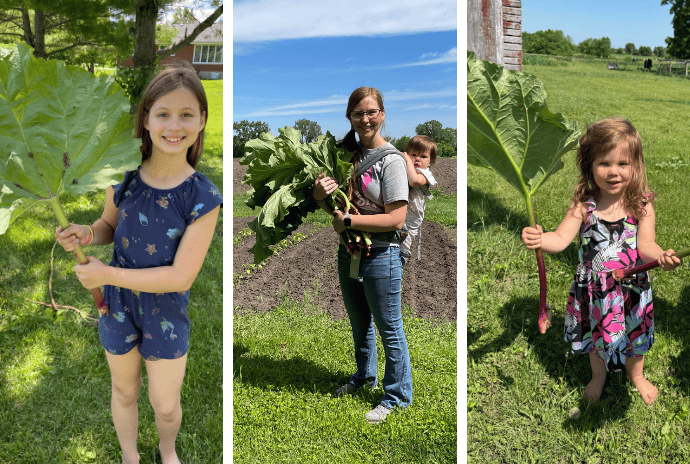
Explore More Gardening Tips & Guides
If you’re excited to grow rhubarb, you might also enjoy learning about other plants for your homestead garden. Check out my guides on Planting Turmeric, Growing Garlic, Splitting Irises, and Transplanting Tomato Seedlings.
FAQ About Growing Rhubarb
It will tolerate partial shade, but for best yields, give it at least 6 hours of full sun daily.
Overcrowding, poor soil nutrition, or harvesting too early in the season can cause thin stalks. Try dividing and replanting for bigger stalks.
The stalks are safe for humans but not recommended for chickens or pets; rhubarb leaves are toxic and should be kept out of reach.
Yes, but they need large, deep containers (at least 20 inches wide), and they will need more frequent watering.
No, rhubarb requires a cold winter dormancy period and plenty of outdoor sunlight to thrive.
No, rhubarb must be grown from crowns or seeds, not from cut stalks.
Yes, cut them off at the base to encourage more energy into stalk production and prevent bolting.
This could be due to overwatering, poor drainage, or nutrient deficiency—check soil health and moisture levels.
Keep Growing Your Gardening Skills
Planting rhubarb is just one way to make your garden more productive year after year. If you’re ready to keep expanding your homestead harvest, check out my full collection of Gardening Guides for more tips, planting charts, and beginner-friendly projects.





